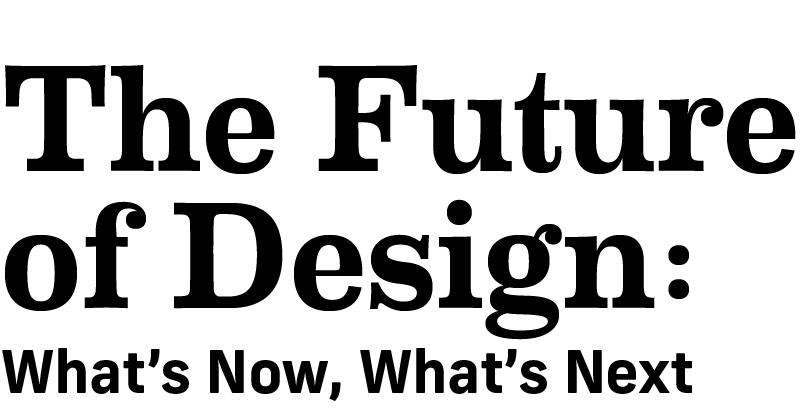Attendees gathered Sunday morning at the Austin Convention Center in Austin, Texas, for the opening of the EFA Expo & Conference. The show kicked off with its first keynote speaker, Chris Downey, a visually impaired architect and founder of Architecture for the Blind.
In his talk, Downey challenged architects and designers to put themselves in residents’ shoes to better understand how they live with low vision or age-related vision impairments.
He stressed the need to create multi-sensory environments that will help seniors take pleasure in living, instead of creating barriers, and designers’ role in the process. “It’s about not taking sight for granted and how that influences what we do,” Downey said.
For example, if the design is wrong or missing certain components, an environment might handicap people with age-related visual impairments. However, designers also have the power to potentially liberate seniors by better understanding residents’ experiences.
To achieve that, research—from post-occupancy evaluations to interviews—plays a vital role in helping designers understand the user experience. Downey also recommended the use of low-glare and contrasting materials as starting points to make an environment less challenging to navigate.
“The space around us is communicated in so many different ways, whether it’s how we hear the space, how we feel the space. It all contributes to that really qualitative, wonderful, delightful experience,” he said.
Downey reminded attendees that designing for the aging eye isn’t just about full sight loss: “Only 6-8 percent of people have full sight loss but most are low vision, which is actually more challenging. That’s who we should be designing for,” he said.
It’s about what happens to your eye as you age and how it affects degrees of comfort, satisfaction, relaxation, enjoyment, and confidence. “People with disabilities aren’t handicapped until barriers are put in their way,” he said. And, ultimately, design can maximize or minimize visual function.









